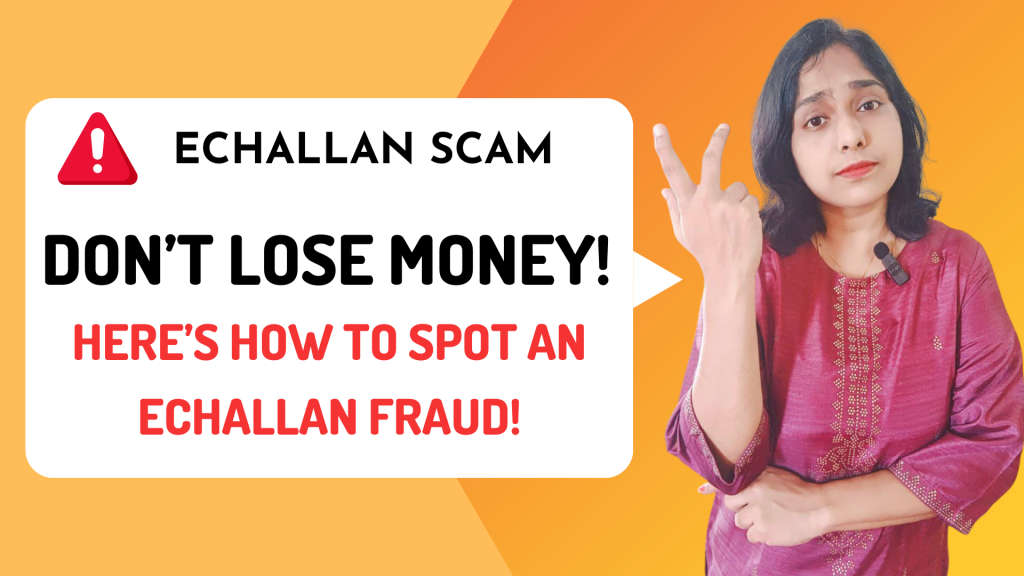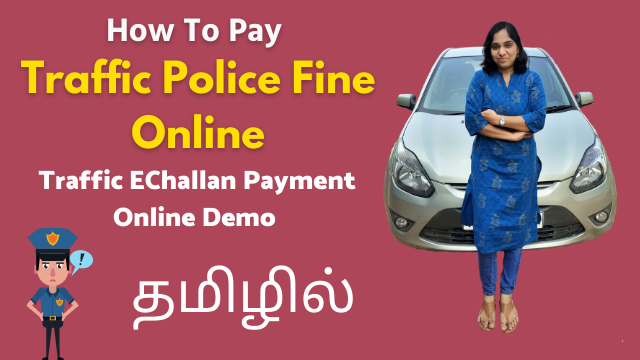
The traffic e-challan scam is a prevalent online fraud that targets vehicle owners by sending fake e-challan notifications and urging them to make payments through phishing links. These links often lead to fraudulent websites that steal personal and financial information.
How the scam works
The scammers send SMS messages or emails that appear to be from the official traffic authority. The messages claim that the recipient has violated a traffic rule and must pay a fine immediately. The messages include a link to make the payment online.

If the recipient clicks on the link, they are taken to a fake website that looks like the official government website. The fake website asks the recipient to enter their personal and financial information, including their credit card details. Once the scammer has this information, they can use it to steal money from the recipient’s account.
Meanwhile, if you want to see a demo of how to pay traffic police fine online, check out this video!
How to avoid the e-challan scam?
There are three simple ways in which you can easily spot an e-challan fraud.
#1 Check on the link
Fraudsters will usually use a website that looks very similar to that of the original, government website. The URL of the website too would look so similar.
Both the link and the look of the fake website would be very similar to that of the original website. Fraudsters will use similar colors, fonts and design in the fake website to resemble the original website.
When you look at the URL (link) in haste or without paying serious attention, your eyes might be duped. However, no matter how hard the fraudsters try to make the link look authentic, they cannot use the real link. They can only make a fake link that looks like real.
In this case, the original link is https://echallan.parivahan.gov.in/ whereas the fake link is https://e-challanparivahan.in
As you can see, they have used the words e-challan (without hypen), and parivahan in the fake link. However they cannot use the .gov.in extension on their link, because .gov.in extension can only be used by authentic government websites.
So if the link you receive in your sms or mail doesn’t have the .gov.in extension, don’t click it – simple.
#2 Check on the vehicle number
The echallan will contain the number of the vehicle for which the challan has been issued. Look at that number and see if it is your vehicle’s number.
If not, there is no need for you to attempt and pay the fine!
3 Check the challan number
The SMS you receive will have a Challan number. You can check whether this challan is a genuine one or fake by visiting https://echallan.parivahan.gov.in/index/accused-challan.
On this page, you will have the option to enter the challan number. Once you enter the number, the captcha and click on “Get detail”, you will know whether that challan is a fake or a genuine one.

If you find the challan to be fake, you should never click on the link in the sms. Also, you must block the number from which you received this sms to avoid getting duped in the future.
For more details, you may check out this video!







Leave a Reply